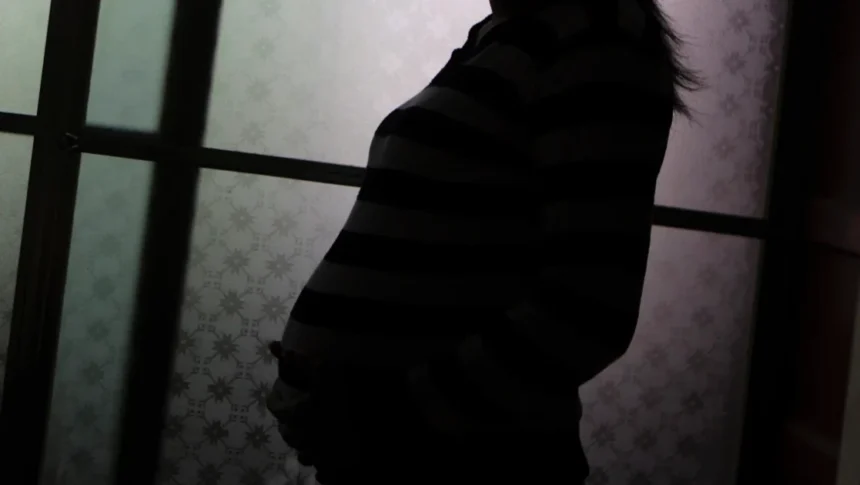Every day, nearly ten women in Kenya lose their lives while bringing new life into the world.
It is a number that feels clinical, almost abstract, until you picture the face of a newborn, crying in a sterile delivery room, denied the warmth of a mother’s chest.
Until you meet a grandmother, suddenly thrust back into motherhood, or a father fumbling through lullabies he never expected to sing alone. Until you hear a toddler ask, “Why do other kids call out for their mama, but mine is just… gone?”
Behind each of these deaths lies a name, a family, a future unravelled and behind every loss is a child born into grief.
The leading cause behind these maternal deaths is Postpartum Haemorrhage (PPH), which is excessive bleeding after childbirth, often swift and fatal.
Though medically preventable in many cases, it remains the number one killer of mothers in childbirth across Kenya.
The consequences go far beyond the mother’s final breath: they echo in the cries of children left behind, in households thrown into chaos and in communities fractured by loss.
According to the World Health Organisation, postpartum haemorrhage is diagnosed when a woman loses more than 500 millilitres of blood within 24 hours of a vaginal delivery; this is known as primary PPH.
Secondary PPH is when a mother loses blood more than 24 hours after childbirth, up to 12weeks. Experts have warned that in women already anaemic from pregnancy, a common condition in Kenya, even smaller amounts of blood loss can prove deadly.
Prof. Moses Obimbo Midadi, who is the chairman of the Department of Human Anatomy at the University of Nairobi, paints a grim picture: thousands of women are dying every year as they bring new life to the world.
“Above 3000 women in this country die every year, that’s about 10 women per day, because of bleeding as a result of giving birth, and if you were to compare this figure, 3000 women dying is like having 50 aeroplanes crashing and every passenger dying,” says Prof. Obimbo
These women die at the threshold of life just when their children need them most.
A Cold Welcome: The Missing Golden Hour
In healthy births, the first hour after delivery, called the “golden hour”, is critical. Skin-to-skin contact helps regulate the baby’s body temperature, stabilises blood sugar, initiates breastfeeding and forges the first bond between mother and child.
But when a mother is fighting for her life, or has already lost it, that golden hour disappears.
“She can’t even meet her baby,” says Prof. Anne Beatrice Kihara, an obstetrician and gynaecologist, and current president of the International Federation of Gynaecology and Obstetrics.
“You’re busy trying to keep the mama alive. The baby is not put to her. That bond doesn’t begin. And that has consequences.”
Babies born into this kind of crisis face immense health risks: hypothermia, hypoglycemia, failure to latch, and lack of early protection from infection, and that is just the beginning.
Without a mother’s milk, touch, and love, the baby’s chance of survival is reduced by four times.
According to Prof. Kihara, if the mother survives, she may face severe trauma, postpartum depression, or even psychosis, affecting her ability to parent and connect.
“This is a baby who just entered the world,” says Prof. Kihara. “They were warm, fed, and safe inside. Now they are cold. Their sugar drops. They’re not breastfeeding. No one is holding them close. This is the beginning of life, with a gap
Life After Loss: Generational Fallout
Prof. Kihara, who is active nationally and globally on maternal health, says mother and child are intertwined. When a mother dies during childbirth, her child is not just motherless, they are often rootless, left in the care of relatives who may already be overwhelmed emotionally, financially or both.
Grandmothers become mothers again, older siblings become caregivers, and some abandon school to take up the responsibility.
Families tumble deeper into poverty, and a number of these children are shuffled between relatives or placed in under-resourced orphanages.
The emotional toll is vast, and largely invisible, and the saddest reality is that a number of them may not live to see their fifth birthday.
While all these are happening, our health systems rarely ask: What happens to these babies? The stakeholders are calling for a wholesome approach to saving mothers and their babies, and in the instance where the mother is unfortunately lost, the little angels should be given a chance to grow well and face life just like the other children with mothers.
“What happens to these babies? That’s the question no one seems to be asking,” says Prof. Kihara. “Their survival and growth must be part of the maternal health conversation.”
Postpartum haemorrhage is not a mystery; it is largely preventable and treatable with better antenatal care, access to blood transfusions, skilled birth attendants and prompt emergency response.
Concerted effort in tackling PPH is not just saving a mother but saving babies and securing a healthy and promising future for them putting in mind that the babies who have been left in the cold by the silent killer of women did not just lose a mother, they lost protection, nutrition, warmth and the emotional blueprint that comes from a mother’s love.
For each child born into grief, there must be a system that steps in: to feed, to warm, to hold, and to nurture.
And because childbirth should not be a death sentence, every child deserves more than just a heartbeat; they deserve a chance at a full, supported life.



